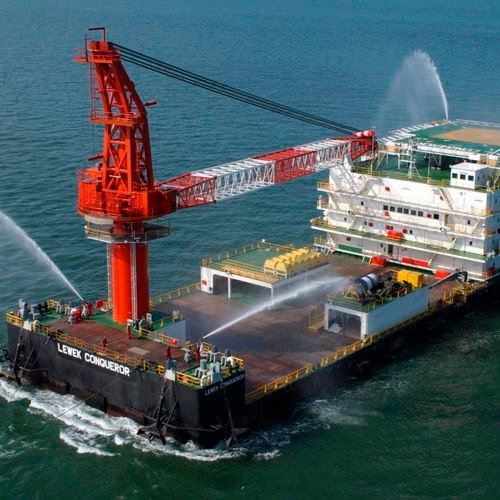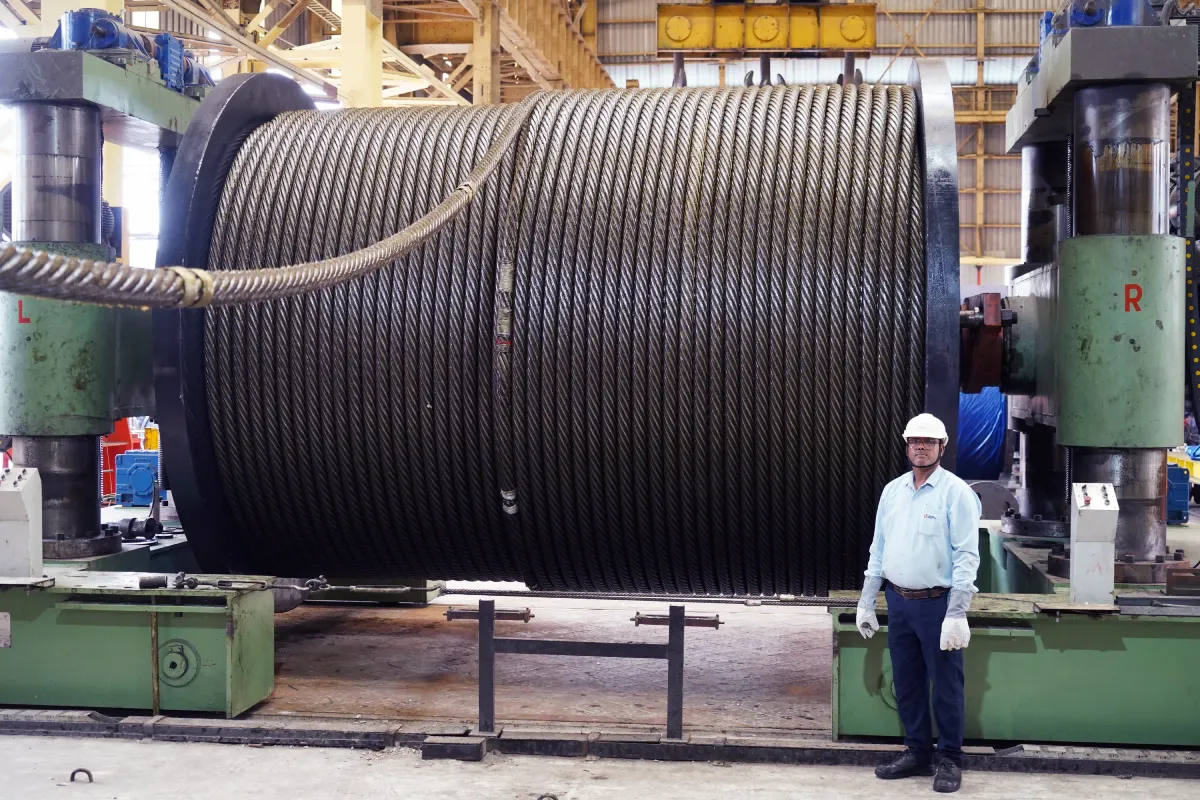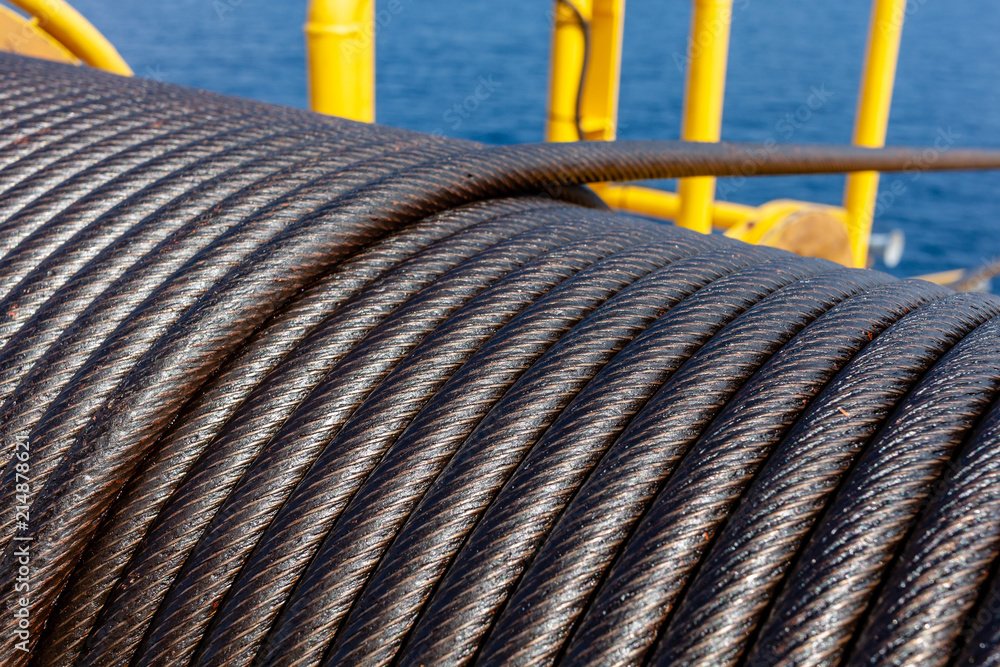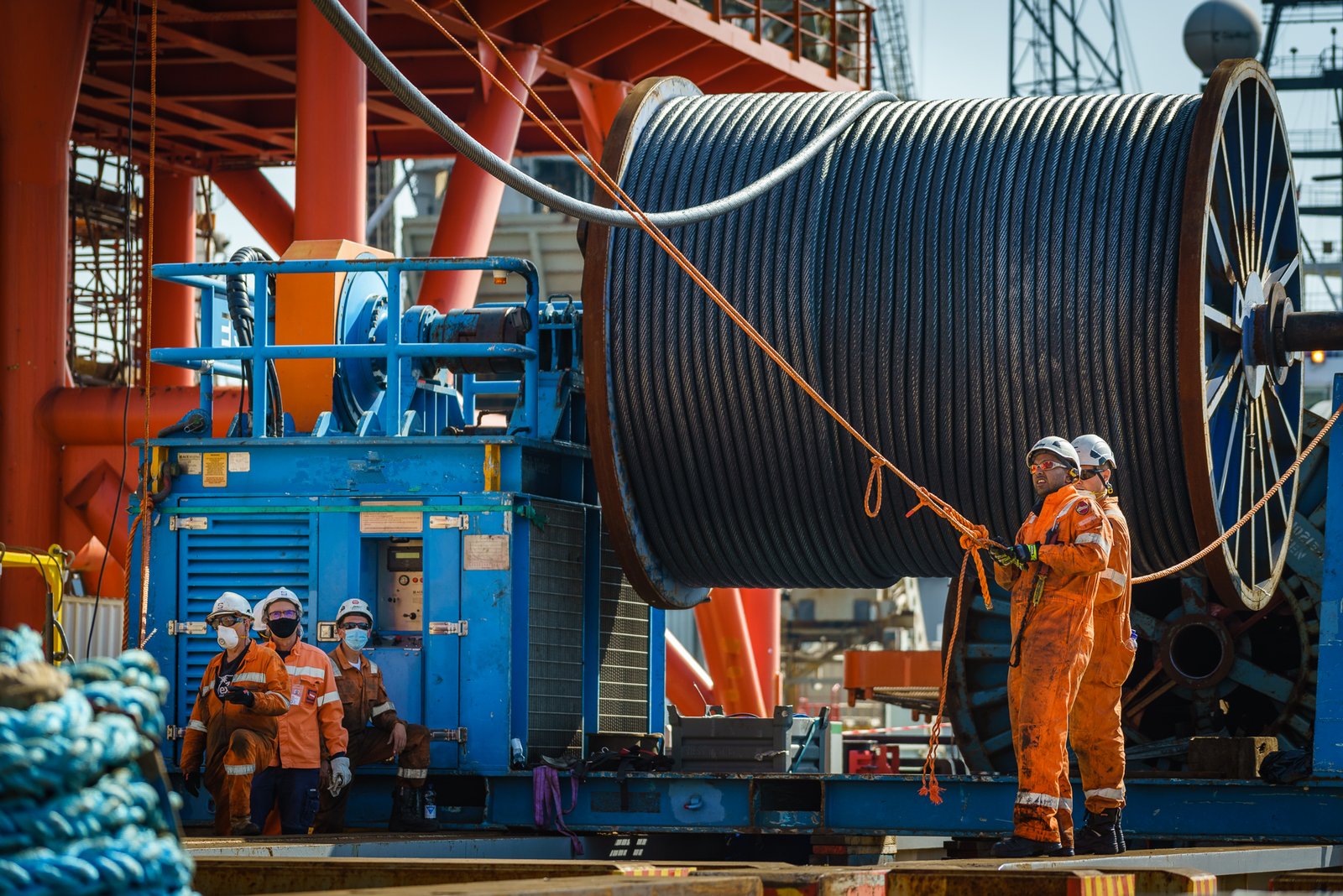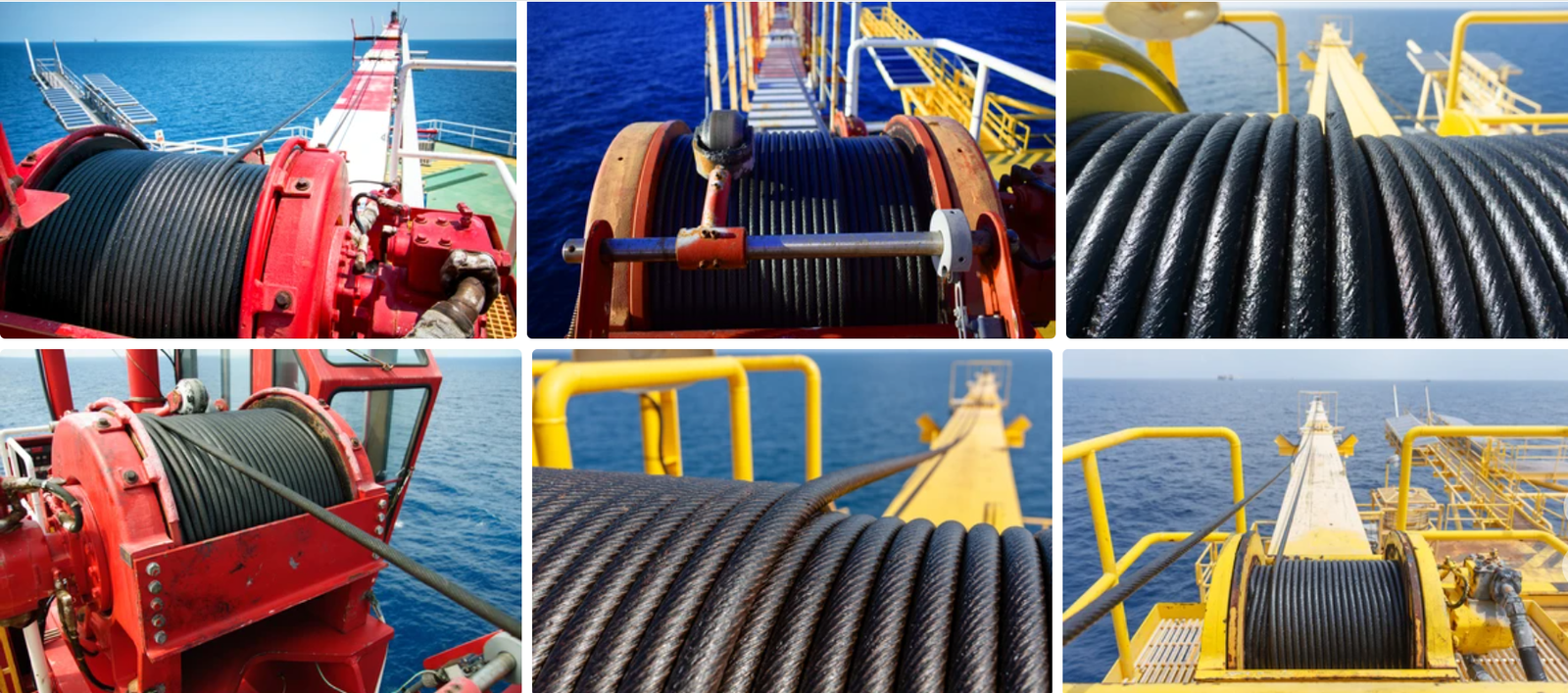Struggling with mooring line failures? These incidents cause costly downtime and huge safety risks. Choosing the right rope is the key to preventing them.
Selecting the right rope means matching its material, construction, and strength to your vessel’s needs, operational environment, and budget. Key factors include breaking strength, abrasion resistance, and material type, like synthetic or wire.
I remember a client who faced constant line parting at a busy terminal. Their old ropes were simply not suited for the harsh conditions. This firsthand experience taught us a valuable lesson about the importance of proper rope selection.
What Are The Main Differences Between Synthetic And Wire Ropes?
Choosing between a synthetic rope and a steel wire rope is a common dilemma for purchasing managers. Both have clear pros and cons, so it is important to look at the facts simply before making a decision.
Synthetic ropes like HMPE are much lighter, stronger for their size, and easier for crews to handle. But steel wire ropes offer excellent resistance to abrasion and heat, often at a lower initial purchase price.
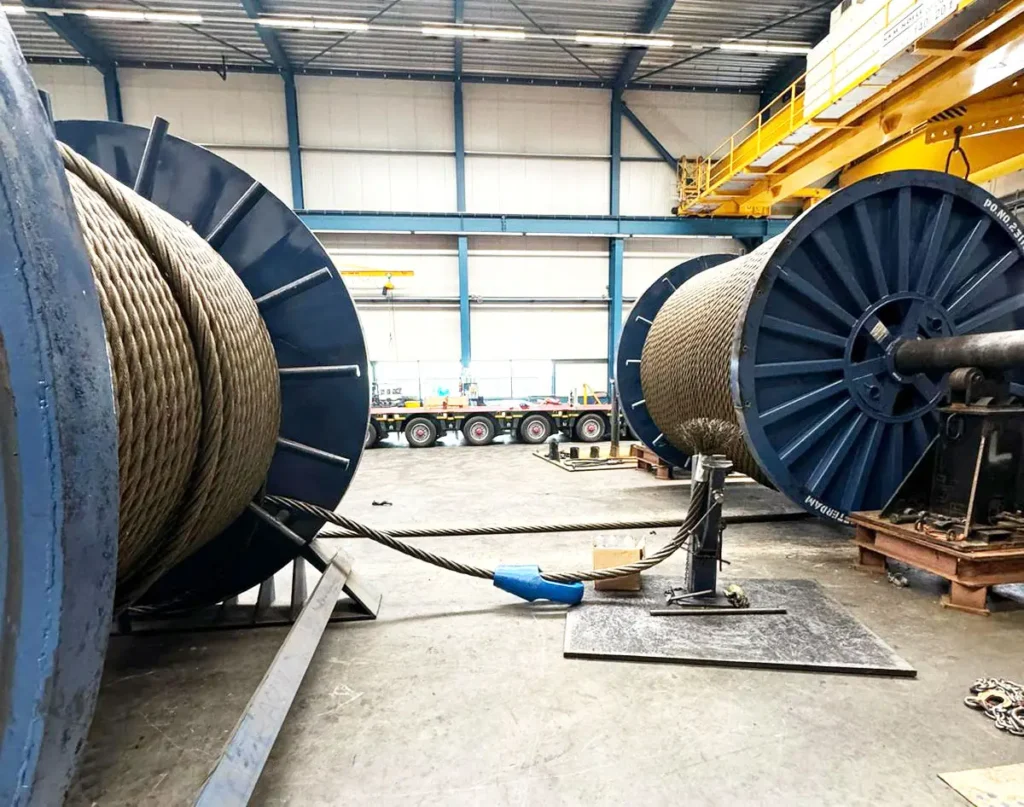
When I walk through our factory, I see both types of ropes being made. Each has a specific purpose. The decision is not just about new versus old technology. It’s about finding the perfect tool for the job. Let’s break down the details.
Weight and Handling
Weight is a huge factor for crew safety and efficiency. A heavy steel wire rope requires more crew members and machinery to handle. This increases the risk of injury and slows down mooring operations. I once visited a vessel where the crew was exhausted just from deploying the steel mooring lines.
Synthetic ropes, on the other hand, are incredibly light. Often, they are so light they can float on water. One or two crew members can handle a thick synthetic line that would take a full team to manage if it were made of steel. This means faster, safer operations.
Strength and Diameter
Here is where synthetic ropes really shine. For the same diameter, a rope made from HMPE (High Modulus Polyethylene) can be significantly stronger than steel. Or, to put it another way, for the same strength requirement, you can use a much thinner and lighter synthetic rope.
This has practical benefits. A smaller diameter rope is easier to handle and requires less storage space on your winches. It is a simple equation: higher strength in a smaller package means more efficiency.
Key Differences at a Glance
Let’s look at a direct comparison. This helps make the choice clearer.
| Feature | Steel Wire Rope | Synthetic Rope (e.g., HMPE) |
|---|---|---|
| Weight | Very heavy | Very light, often floats |
| Handling | Difficult, requires machinery | Easy, can be handled by fewer crew |
| Strength | High | Extremely high for its weight |
| Abrasion Resistance | Excellent | Good, but can be damaged by sharp edges |
| Heat Resistance | Excellent | Lower melting point, can be a concern |
| Initial Cost | Lower | Higher |
| Maintenance | Requires regular lubrication to prevent rust | Does not rust, easier to maintain |
| Flexibility | Stiff, can develop kinks | Very flexible, easy to coil |
Cost: Initial vs. Lifetime
Many buyers look at the initial price tag. And it is true, steel wire rope is often cheaper to buy upfront. This can be very attractive for buyers with tight budgets.
But it is important to think about the lifetime cost. Synthetic ropes can last longer if properly maintained. They don’t rust or need lubrication. The lower weight can also lead to fuel savings over time. Also, the reduced risk of injuries and faster mooring times add up to significant operational savings. It is a classic case of paying more now to save a lot more later.
How Do You Calculate The Required Minimum Breaking Load?
Calculating the Minimum Breaking Load (MBL) is not just about picking a number. It is a critical safety calculation. It protects your vessel, your cargo, and most importantly, your crew. Getting it wrong is not an option.
To calculate the MBL, you must use the ship’s Equipment Number (EN) as your starting point. Industry standards, like those from OCIMF, then provide formulas to find the MBL, adding a safety factor for operational conditions.
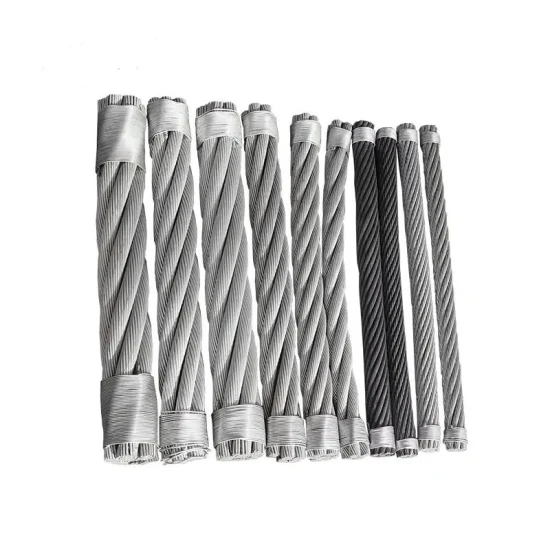
I’ve worked with many engineers and purchasing managers. The most successful ones always start with the official guidelines. They don’t guess. They calculate. This process ensures they are compliant and safe. Let’s look at how it works.
Understanding the Ship Equipment Number (EN)
The EN is a number calculated based on the ship’s dimensions and profile. It is a standardized way to quantify the forces a ship will face from wind and currents. You can usually find the EN in your ship’s documentation.
The basic formula for the Equipment Number looks something like this:
EN=Δ2/3+2⋅h⋅B+10/A
Where:
- Δ is the displacement of the vessel.
- h is the effective height.
- B is the breadth of the vessel.
- A is the area of the ship’s profile.
This number is the foundation for all your mooring rope strength calculations.
From Equipment Number to Rope Strength
Once you have the EN, you use tables provided by classification societies or guidelines like OCIMF’s MEG4. These tables recommend a specific rope strength (MBL) for a given EN range.
These recommendations are not arbitrary. They are based on decades of data, engineering studies, and real-world incidents. Following them is the most reliable way to ensure your ropes are strong enough for the job.
The Critical Role of Safety Factors
A rope’s MBL is its breaking strength in a perfect lab setting. But a ship operates in the real world. Ropes are subjected to shock loads, abrasion, and harsh weather. That’s why we use a safety factor.
A typical safety factor means the rope’s MBL is much higher than the expected daily working load. For example, a rope might only see 20% of its MBL in a normal operation. This extra capacity is there to handle unexpected storms, strong currents, or sudden movements. It’s your safety margin.
Example MBL Recommendations
Here is a simplified table to show how the requirements change with vessel size. The exact values come from official publications.
| Vessel Type | Typical EN Range | Recommended MBL (Tons) |
|---|---|---|
| Small Tugboat | 100 – 300 | 20 – 40 Tons |
| Handysize Bulk Carrier | 1500 – 2500 | 55 – 65 Tons |
| VLCC (Very Large Crude Carrier) | > 10000 | 120 – 150 Tons |
As you can see, the required strength increases significantly with the size and displacement of the vessel. Always consult the latest official guidelines for your specific vessel class.
Why Are Rope Certificates So Important For Buyers?
A certificate for a mooring rope is much more than a piece of paper. For a buyer like a purchasing manager, it’s a promise. It’s the ultimate proof of quality, safety, and compliance with the law.
Rope certificates from bodies like ABS, DNV, or Lloyd’s Register verify that the rope meets specific international standards for quality and performance. They are essential for insurance, port state controls, and your legal responsibility for crew safety.
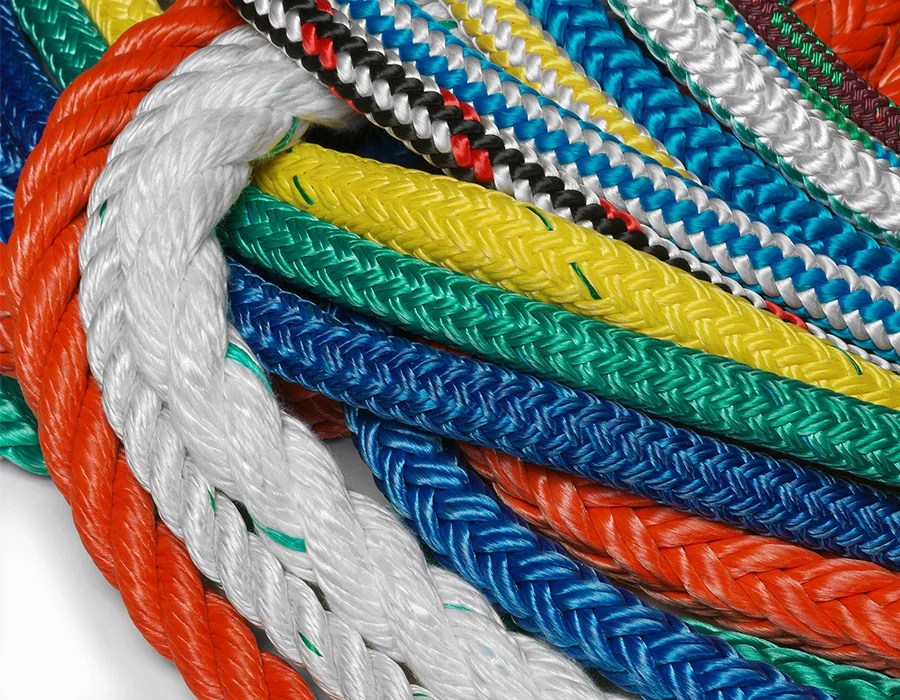
At our factory, we work hard to meet these standards. We can provide certificates from many major classification societies because we know our clients depend on them. A rope without a valid certificate is a huge risk.
Decoding a Rope Certificate
What should you look for on a certificate? It should be clear and detailed. Here are the key things I tell my clients to check:
- Issuing Body: Is it a recognized classification society (e.g., DNV, ABS, RMRS, BV, CE)?
- Unique Identifier: The certificate should link to a specific rope or production batch.
- Standard Compliance: It must state which standard the rope complies with, for example, EN12385-4.
- Technical Specifications: This includes the rope’s diameter, length, and most importantly, the actual tested breaking load.
- Manufacturer Information: It should clearly list the manufacturer.
This information is not just for your files. It’s what a port inspector or an insurance investigator will ask for after an incident.
Common Certificates and Their Meaning
Different certificates serve different regions or vessel types. Knowing them helps you buy the right product.
| Certificate | Issuing Body | Common Use |
|---|---|---|
| DNV | DNV (Det Norske Veritas) | Widely accepted globally, especially for offshore and European vessels. |
| ABS | American Bureau of Shipping | Predominantly for vessels operating in the Americas. |
| RMRS | Russian Maritime Register of Shipping | Required for vessels flagging or operating in Russia. |
| BV | Bureau Veritas | French origin, globally recognized. |
| CE | Conformité Européenne | Indicates conformity with health and safety standards for products sold within the EEA. |
When a client asks for a rope with an ABS certificate, we know they operate under American regulations. When they ask for RMRS, we know their business is connected to Russia. We are equipped to provide these to meet our clients’ needs.
The High Cost of Non-Compliance
Buying a non-certified rope might seem cheaper. But the potential costs are much higher. A vessel can be detained by Port State Control if its equipment is not certified. This means delays, fines, and a damaged reputation.
Worse, if a non-certified rope fails and causes an accident, the legal and financial consequences can be devastating. Insurance claims may be denied. The company can be found negligent. In my experience, investing in certified quality is one of the smartest financial decisions a ship owner can make.
What Factors Influence The Lifespan Of Your Mooring Lines?
Even the highest quality rope will not last forever. Several factors can shorten its life. Understanding these factors helps you protect your investment and maintain a safe operation. It’s all about maximizing service life.
A rope’s lifespan is mainly affected by operational wear, abrasion against ship surfaces, UV light exposure, chemicals, and improper storage. Regular inspection and correct handling are the best ways to extend its life.
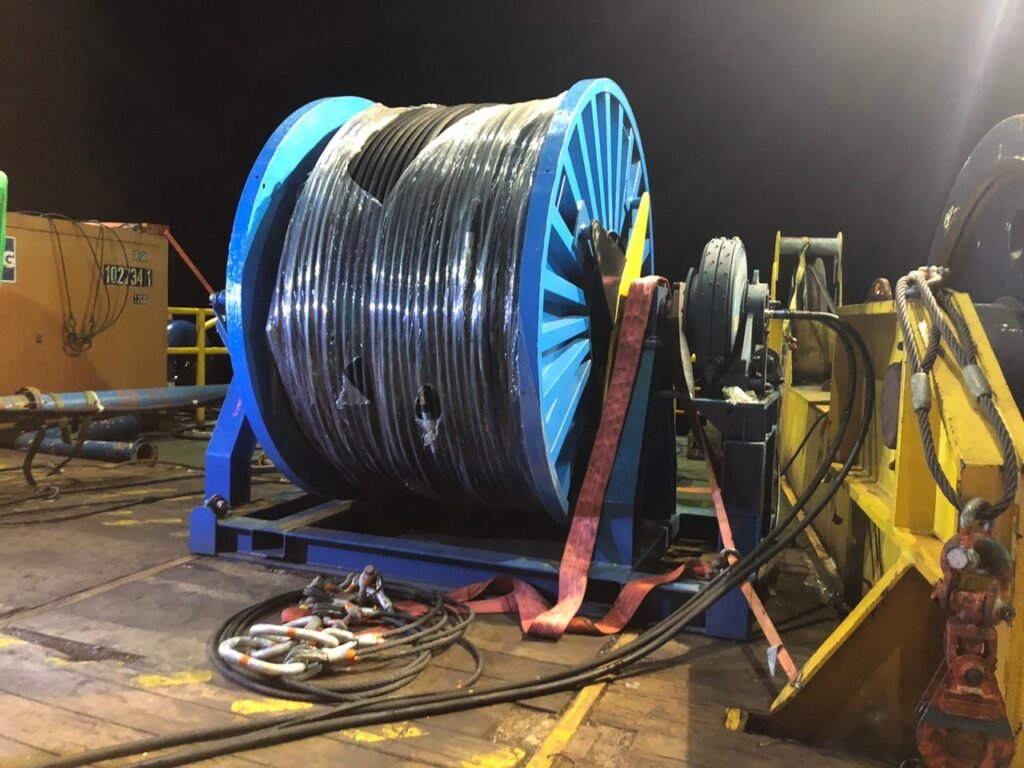
I often see ropes that have been retired too early. Most of the time, the damage could have been avoided with better care. A little knowledge about rope enemies can save you a lot of money.
The Number One Enemy: Abrasion
Abrasion is the most common reason for rope failure. When a rope rubs against a rough surface, its fibers are slowly cut and worn away. This happens on chocks, fairleads, and winch drums.
- Chocks and Fairleads: Ensure these surfaces are smooth and free of burrs or rust. A rough chock can act like a file, grinding away at your rope with every movement.
- Winch Drums: Spooling the rope correctly on the winch is important. A messy wrap can cause ropes to chafe against each other, causing internal and external abrasion.
We offer ropes with a plastic impregnated layer. This transparent plastic fills the gaps between the strands. It reduces internal friction and helps keep lubricants in, which significantly extends the rope’s life in high-abrasion environments.
Environmental Factors
The environment on a ship is tough. Ropes are constantly exposed to elements that want to break them down.
- UV Radiation: Sunlight, specifically UV radiation, degrades synthetic materials over time. It makes them brittle and weak. Storing ropes under cover when not in use is a simple but effective way to protect them.
- Chemicals: Mooring lines can come into contact with oils, fuels, and various chemicals used on deck. These can weaken the rope’s fibers. It is important to clean your ropes if they become contaminated.
- Heat: Excessive heat can cause irreversible damage, especially to synthetic ropes which have a lower melting point than steel. Ropes should not be stored near hot steam pipes or engine exhausts.
A Simple Inspection Checklist
Regular inspection is your first line of defense. A crew member should be able to spot problems before they become critical failures.
| Inspection Point | What to Look For | Action if Found |
|---|---|---|
| External Surface | Cuts, burns, discoloration, excessive fuzziness (synthetics) | If damage is deep, consider retiring the rope. |
| Diameter | Areas that are unusually thin or thick | This indicates internal damage. Retire the rope. |
| Flexibility | Stiff or hard spots in the rope | Could be a sign of shock load damage. |
| Wire Ropes | Broken wires, rust, corrosion, kinks | Follow wire rope discard criteria. |
| Synthetic Ropes | Glazed or melted fibers, powdering between strands | A sign of heat damage or internal wear. |
Making this simple check a part of the daily routine can prevent accidents and extend the service life of your entire rope inventory.
Conclusion
Choosing the right rope is a balance of strength, material, and certified quality. Prioritize proper maintenance and regular inspections. This ensures safe, compliant, and reliable operations for your fleet.


